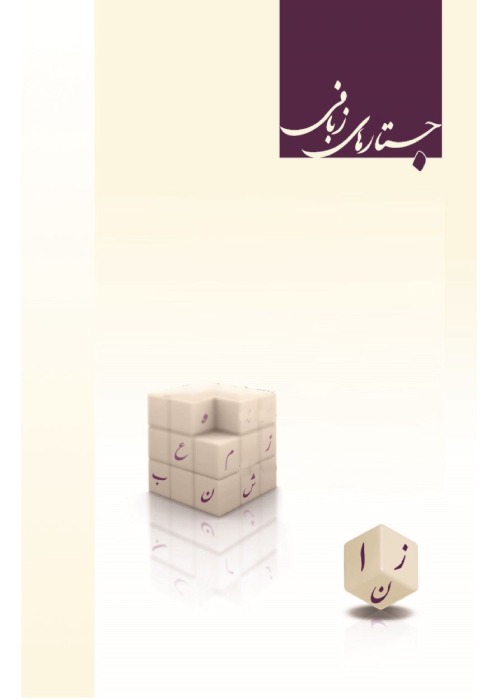Reconsidering Respect Cultuling in the Light of Etiquette through Corpus
Analysis of Oral Discourse Based on Hyme's Speaking Model that unvestigates the interwoven relation between culture and language has long been discussed by anthropologists, pragmatists and sociolinguists. One of the new areas of research on this type of relation is the study of cultural representation of a language or cultuling.This research aimed at investigating respect cultuling with regard to the status of etiquette in the Iranians Islamic-Iranian culture. The objectives of the study were to identify the realizations of the current culture of the Persian-speakers in respect cultuling and to probe what aspects of etiquette were mirrored in it. Accordingly, 140 excerpts pertaining to etiquette were selected from a pool of 320 oral discourse excerpts recorded in different situations. They were ShadGan, Tabriz, Rasht, Herand, Dehloran, Kermanshah, Khoram Abad, Sarepol Zahab, Brojen, Aran Bidgol, Najaf Abad, Eizeh and Miandasht. They had various educational backgrounds (illiterate to highly educated) and also various occupations as: housewife, school student, university student, teacher, engineer, clerk, physician, nurse, retired, and self-employed. Having been recorded, the excerpts were then transcribed into forms using conversational transcription conventions highlighting pauses, interruptions, etc. Hymes' (1967) SPEAKING model was used to study respect cultuling. Data analysis based on this model showed that the frequency of use of this cultuling in public situations is higher than private ones and is more common among unequal participants (formal and informal) than people with equal social status. Regarding the purpose of pragmatics, expressing interest and devotion (love and affection), praisecollected from the individuals (132 females and 169 males) whose ages ranged from 15 to 61. They came from different cities in Iran as Arak, Isfahan, Shahre Kord, Tehran, Ghom, Saveh, Gplpaiegan, , reverence, invitation, modesty and flattery had the highest frequency in this cultuling. Deeper study showed that respect cultuling has to be distinguished from power cultuling. In addition, it overlaps power cultuling and ambiguity cultuling, despite it's an independent concept. In addition, it is influenced by collectivism metacultuling and class society metacultuling. The results also indicated that the respect cultuling, as being reflected in the data, was justifiable in terms of power and interdependence as two axes of etiquette, and its intensity and variety were simultaneously determined by these two factors.
- حق عضویت دریافتی صرف حمایت از نشریات عضو و نگهداری، تکمیل و توسعه مگیران میشود.
- پرداخت حق اشتراک و دانلود مقالات اجازه بازنشر آن در سایر رسانههای چاپی و دیجیتال را به کاربر نمیدهد.



